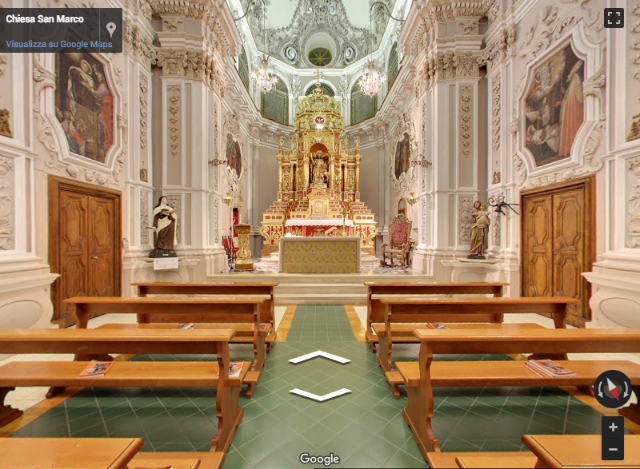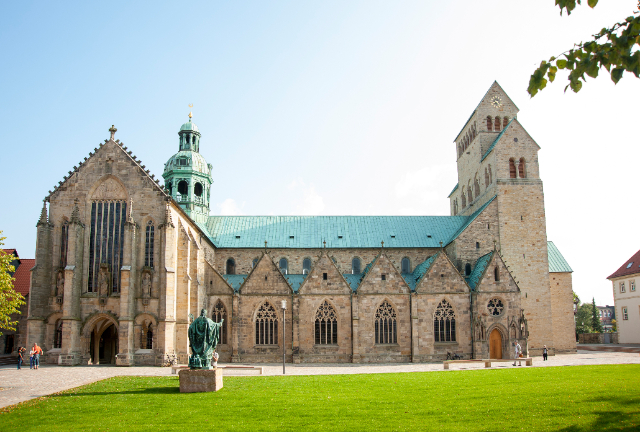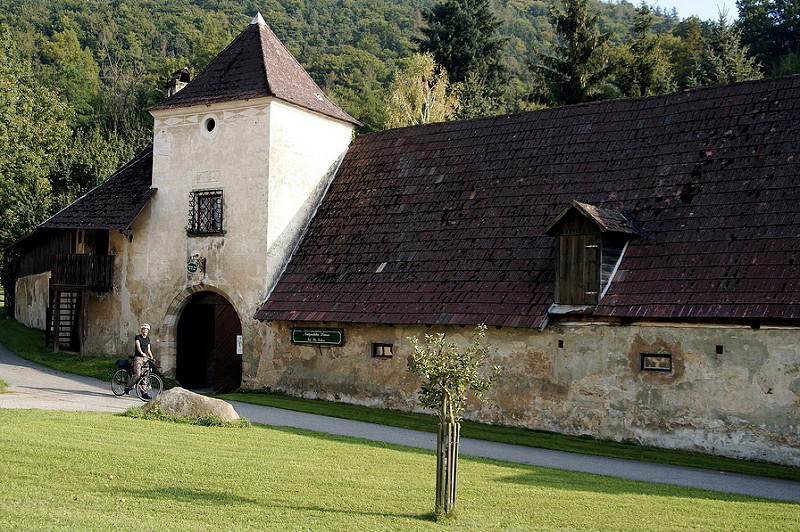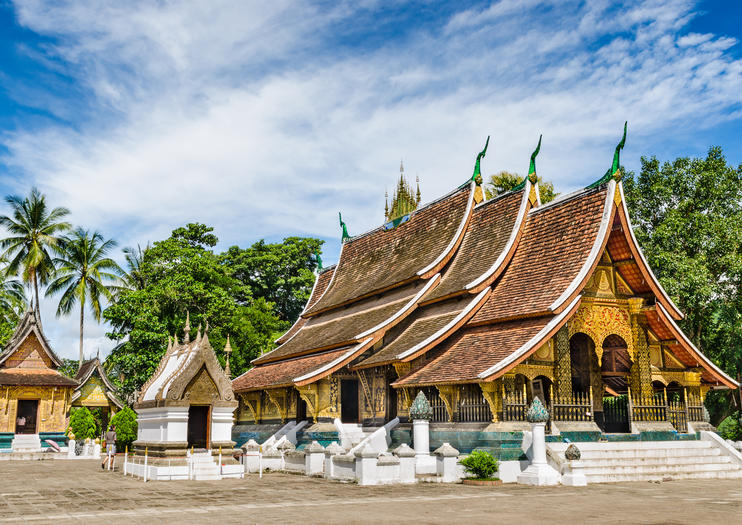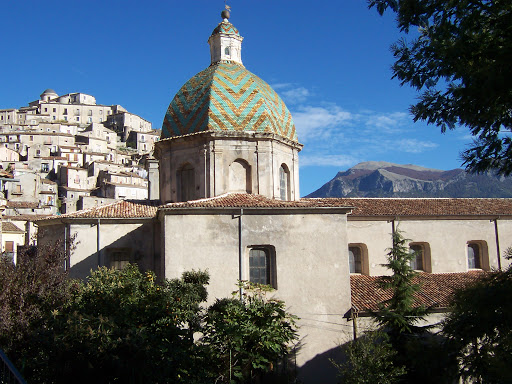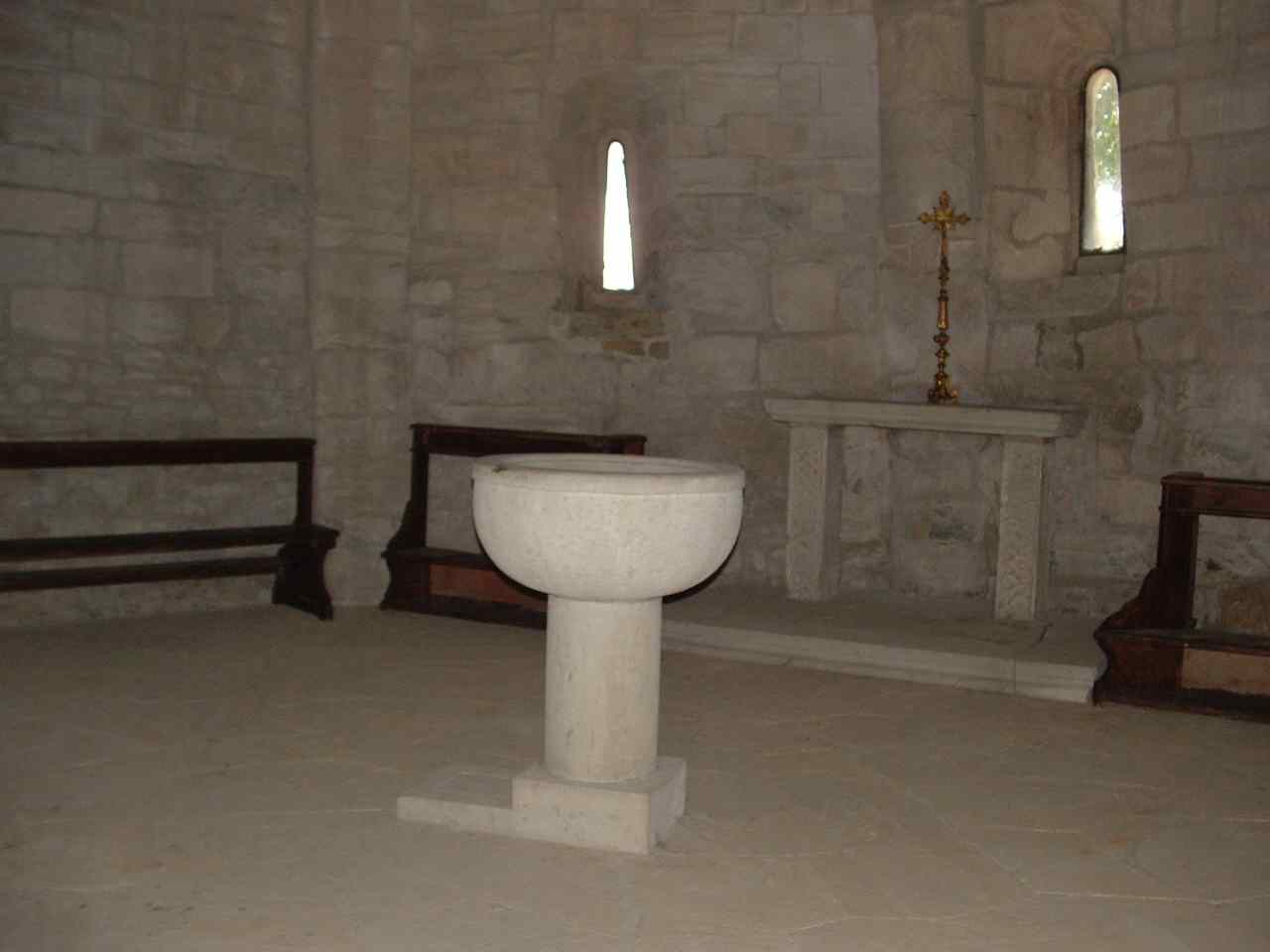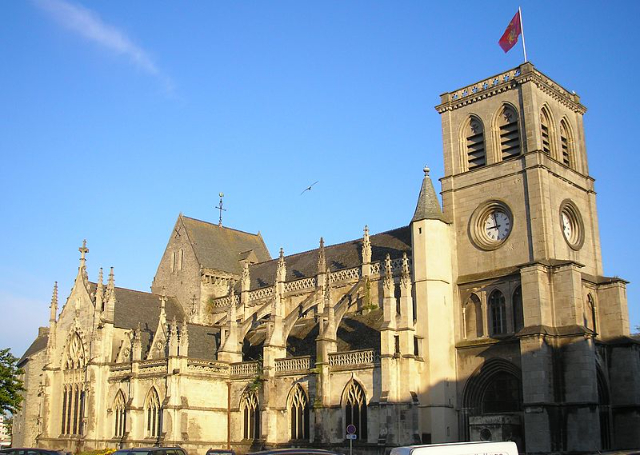The church of San Marco and the adjoining Convent of the Discalced Carmelites constitute one of Enna’s most fascinating religious complexes. Their history dates back to the 16th century, when they were built perhaps on the remains of the synagogue of the Jews after their expulsion from Sicily in 1492-1493. Over the centuries, the church underwent several transformations and additions, assuming its present appearance in 1643, thanks to the intervention of architect Giovan Battista Vitale on commission from abbess Sister Angelica Petroso.The interior of the church of San Marco is a true Baroque jewel. The sumptuous stuccoes and elaborately worked decorations create an atmosphere of great splendor. A special highlight is the wooden high altar, entirely covered in pure gold, which captures visitors’ attention with its majesty. The interior architecture, with a single nave without a transept, is designed to allow for smooth community prayers and good visibility during solemn religious services.One of the most important figures associated with this church is Mother Clelia de Renzi, a nun who refounded the Discalced Carmelite order in Sicily in 1930. Inside the church is Mother Clelia’s tomb, which is a place of great devotion for the faithful.The church of San Marco has been the subject of constant efforts over the centuries to beautify it. Successive abbesses at the helm of the monastery have helped create an environment full of charm and splendor. From the Baroque architecture to the decorative details, such as the frescoes on the vault of the nave and the stucco work done by sculptor Gabriele De Bianco in 1705, everything in the church testifies to the adherence to the Baroque taste of the time.An important element in the church of San Marco is the wooden case, commissioned in 1708 by Sister Caterina Maria Mazzola. This case, made by Antonino Rallo to a design by Agatino Daidone, towers over the high altar and is considered the most sumptuous work in the entire church. It depicts St. Mark seated on a throne, flanked by a lion, and is richly decorated with figures of evangelist saints and cherubs.The church’s side altars, commissioned in 1781 by Sister Rosane Petroso and made by Catanian masters Vincenzo Bonaventura and Benedetto Giuffrida, are also characterized by a sober solemnity. The altars are recessed into the perimeter walls and feature bronze decorations and liturgical symbols of the cross.The church of San Marco and the Convent of the Discalced Carmelites represent an important artistic and religious heritage of Enna. Their visit offers the opportunity to immerse oneself in Sicilian Baroque history and art, admiring the decorations, frescoes and works of art that adorn these places of spirituality.
